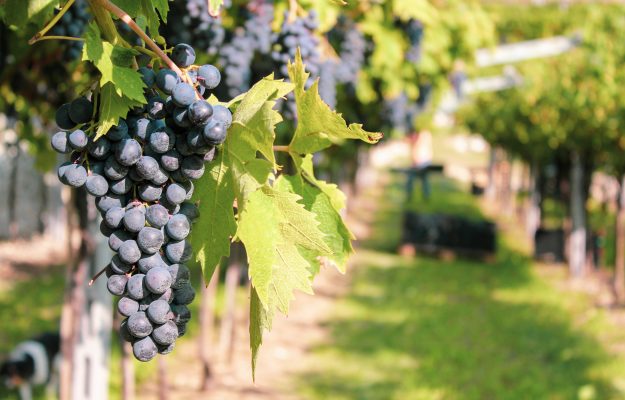The 2022 grape harvest, in many territories, is really getting into full swing. And also with expectations quite different from those of a month ago, when the drought emergency held sway. But now, and as has actually been said for years, the critical issue is related to seasonal labor, which many are struggling to find. Raising the alarm now is also the Consorzio dei Vini delle Valpolicella, which protects one of the most important and valuable wine areas in Italy, and among the first major “red” territories to officially kick off the harvest of its most important varieties. “Excellent quality, thanks to the August rains that have restored vigor to the plants also in terms of quantity, whose estimate has risen to values close to the last five years (-6/-7% compared to 2021). But more than the drought, for the Valpolicella vineyard, the emergency is linked to a labor shortage that has never been as deficient as this year, which risks jeopardizing part of the harvest”, explains a note from the Consortium.
This according to the Consortium of Valpolicella Wines, at the start today of the grape harvest for Amarone. “For our 2,300 member wineries”, said Consortium President Christian Marchesini, “the real problem today is an increasingly hard-to-find workforce, due to a sharp decline in operators from Eastern Europe and especially due to devices that do not help. Starting with the cancellation of vouchers, from the so-called quota 100, which obliges retirees not to do odd jobs, to the citizenship income, which has generated a regressive dynamic in labor demand. A combination of factors that weighs particularly heavily on a grape harvest like ours, because it requires proper harvesting techniques and even more so an artisanal and competent sorting of the grapes”. The Consortium estimates strong growth in the presence of seasonal workers (5-6,000 in total) from Italy, particularly college students and unemployed youth.
A problem, that of the lack of labor in the vineyard and fields, which many have been denouncing for some time. As, to remain in Veneto, but in the Prosecco area, did, in recent days, Sandro Bottega, patron of one of the most famous brands in the area: “the intense heat of summer 2022 and the persistent drought have put the harvest at risk, however, the rains of recent weeks and the simultaneous lowering of temperatures have been providential for both the quality and quantity of the grapes that are beginning to be harvested in the Prosecco area. There could still be a 10% decrease in quantity, however, it is still too early to indicate this with certainty. But there is a widespread difficulty in finding personnel for the harvest, and there are difficulties in the legal management of this personnel. We do not rule out the possibility, at the moment remote, of not being able to harvest grapes in some rows because no labor is available”.
In any case, returning to the harvest in Valpolicella, the Consortium explains, “on the phytosanitary level, the grapes were in excellent condition, with a good final stage of ripening. Hail phenomena were very rare and overall without repercussions, while drought gave some problems in young vineyards, in loose soils and where it was not possible to irrigate. The grape harvest for Amarone is scheduled to begin today, while for Valpolicella the start is for mid-September”. The Valpolicella appellation is also in excellent health for the harvest from a commercial standpoint, with double-digit growth in sales of its products - starting with Amarone and Valpolicella Ripasso - and current stocks in sharp decline. The DOC encompasses 19 municipalities for nearly 8,600 hectares of vines, a production that in 2021 stood at 73.6 million bottles for a production value of 500 million euros, almost half of which related to Amarone sales.
Copyright © 2000/2025
Contatti: info@winenews.it
Seguici anche su Twitter: @WineNewsIt
Seguici anche su Facebook: @winenewsit
Questo articolo è tratto dall'archivio di WineNews - Tutti i diritti riservati - Copyright © 2000/2025








































































































































































































